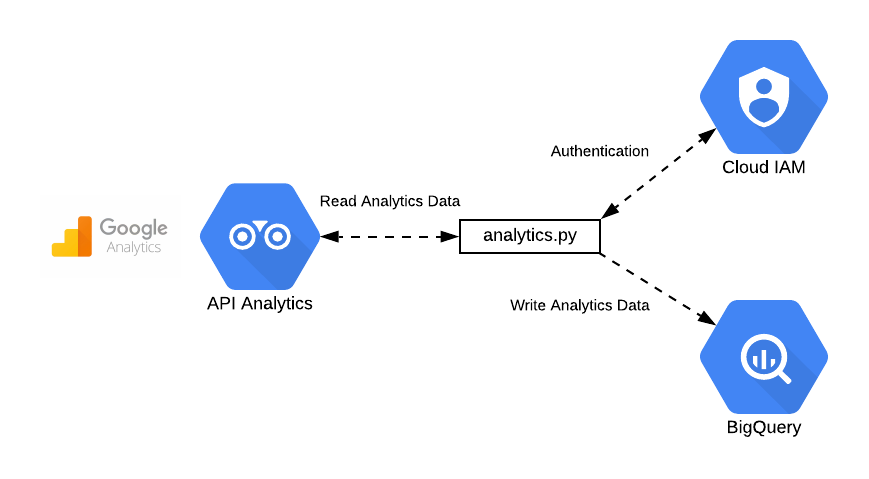
As automation continues to streamline and improve customer service operations across the insurance industry, we know this is just the start of what’s to come. Here we take a look at what the industry can expect, and explore how advanced technology may transform the motor insurance sector in the future.
Picture this, a customer having just completed the purchase of their shiny new car (electric, of course!), is walking across the forecourt to sit in the driver’s seat for the first time. The new car will not allow its new owner to drive off until its AI-based assistant either determines that an appropriate insurance policy is already in force or that it needs to guide the owner through the process of arranging a new insurance policy there and then.
Should our driver require a new policy, the assistant will ask for permission to access their digital ‘wallet’ to retrieve all the personal data required to obtain a range of insurance quotes. In the background, the contacted insurers request details of the customer’s NCD (No Claims Discount) and claims history from the ‘motor insurance blockchain’, a decentralised ledger of trusted insurance data to which all motor insurers contribute and reference.
In our current digital landscape, customers are already frustrated when they do not receive a personalised interaction, so imagine how key personalisation will be in the future. The quotes obtained will all be usage-based (‘pay-as-you-go’ is the norm) and with an option to be further personalised if the customer allows the assistant to access additional data from their wallet relating to driving patterns, typical routes, and distances travelled.
The whole process of purchasing insurance is now frictionless and typically only takes a couple of minutes, at which point our car’s brand new owner can set off on its maiden voyage.
In a perfect world, many miles of trouble-free driving will ensue, supported by multiple assistance technologies - fully autonomous driving hasn’t quite arrived yet! However, suppose the worst should happen, and our customer is involved in an accident. The car becomes a critical component in handling the immediate situation and subsequently resolving any claim to get repaired and back on the road as soon as possible.
In an accident, the car’s intelligent body panels communicate with its assistant to advise of any damage. Coupled with the car’s telemetry, it allows for an initial assessment of the severity and scope of the accident. If the car judges that any occupants require medical attention, it will automatically call the emergency services with details of the location and the estimated severity of the situation.
Once the immediate situation is under control, the car will initiate the recovery and claims processes based on all the captured telemetry. If the vehicle judges itself repairable, it will send the details to the nearest approved repair centre, and a recovery service will be automatically notified to come and collect your vehicle, with the car keeping all interested parties informed of progress.
When the car arrives at the repair centre, it will initially be subject to a full-body scan. An AI will produce an evaluation of variations in the vehicle's appearance against its recorded state as it left the factory. In an example of collaborative intelligence, the AI’s evaluation is combined with a mechanic’s report to produce a consolidated assessment leveraging the strengths of the two perspectives. If there were other vehicles involved, a similar process would be happening simultaneously for them.
Once the insurers have consolidated all details, each insurer will create one or more smart contracts. These contracts are small distributed apps (dApps) that monitor the motor insurance blockchain and initiate a pay-out when certain conditions are satisfied; in this case, it could be when the insurers determine the faulting party. Such an immediate and distributed process reduces delays in resolving claims, triggering automated actions such as pay-outs based on a trusted source of truth used by all insurers.
Suppose the incident details are not clear-cut or certain thresholds are exceeded, such as the price of the vehicles involved or the severity of the incident. In these scenarios, the insurance companies’ human agents work alongside AI’s to resolve the claim, an example of AI-based assistance in the Contact Centre enabling Agents to focus on higher-value work. Other examples are automating routine process steps, obtaining and presenting context from multiple data sources and recommending next steps to progress customer service cases.
In addition to the immediate handling of the incident and the subsequent claim detailed above, the car manufacturers involved are undertaking a ‘continuous improvement’ initiative. The manufacturers pool the telemetry data captured by the vehicles involved to enable the simulation of the incident to identify improvements to their driver-assistance and safety systems, working to reduce the risk of similar incidents in the future.
Finally, exceptions to standard processes, such as a lack of consensus when determining fault following an incident, will sometimes occur. In these situations, the telemetry data from the vehicles involved may be shared with all relevant parties – including the courts – contributing to faster resolution of such cases.
And, you’re back in the room. As we come to the end of our journey into the future of motor insurance, let’s reflect on the opportunities available to improve consumer and agent experiences using technology, including digital wallets, blockchain, smart contracts and AI.
We may not be there just yet! However, here at Lokulus, we’re working with our insurance clients to improve their customer and agent experience today, from improving automation to streamlining customer journeys. If you’d like to learn more about how we could help your insurance business to improve customer service, please get in touch with us at sales@lokulus.com.
Key concepts:
- Frictionless customer experience when purchasing motor insurance
- Controlled access to digital wallets allowing third parties to offer more personalised services and products
- Usage-based insurance
- Use of blockchain (distributed ledger) as ‘source of truth’ by the insurance industry
- Use of AI to assess vehicle damage
- Use of smart contracts to streamline the claims process
- Agents focussed on high-value / high-complexity work, supported by their own AI
- Pooling of vehicle telemetry to enable improvements in autonomous systems








